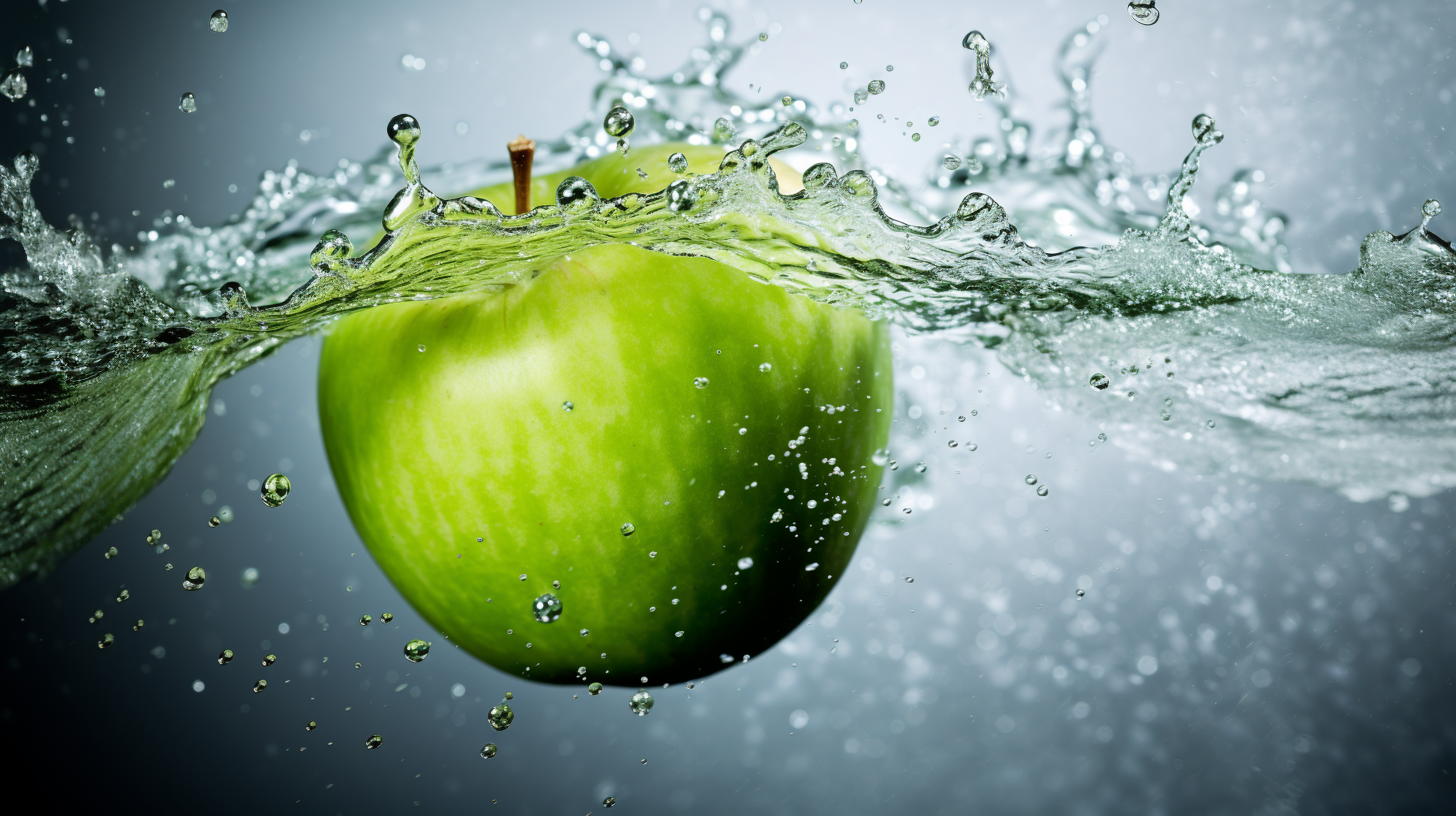Swiping, swabbing elevates processing plant food safety
By swiping surfaces in commercial food processing plants with specially designed rapid-testing adenosine triphospate (ATP) swabs - which produce a light similar to the glow of fireflies in the presence of microorganisms - spoilage and foodborne illness could diminish, according to a new study from Cornell University food scientists.

Bild von Mylene2401 auf Pixabay
During food production, routine cleaning and surface sanitation are keys to help prevent microbial contamination in the end food products. Without such a sanitation regime, food from processing plants can become more vulnerable to spoilage, and people who eat that food may face greater risk with illness or death from foodborne pathogens.
"Food scientists know that for processing plants, visual inspection is not a reliable indicator of cleaning-protocol success," said Randy Worobo, professor of food science in the College of Agriculture and Life Sciences (CALS) and faculty fellow at the Cornell Atkinson Center for Sustainability. "All food factory 'ecosystems' are prone to niches where microorganisms can hang out or where food residues can persist. We need to find them."
Worobo is senior author of the study, "Implementation of ATP and Microbial Indicator Testing for Hygiene Monitoring in a Tofu Production Facility Improves Product Quality and Hygienic Conditions of Food Contact Surfaces: A Case Study," which published on Feb. 12 in Applied and Environmental Microbiology.
Each year more than 48 million Americans get sick from foodborne pathogens; more than 120,000 are hospitalized and about 3,000 die, according to the U.S. Centers for Disease Control and Prevention.
Examining the efficacy of an environmental monitoring program using the 3M Clean-Trace Hygiene Monitoring and Management system for ATP monitoring, in combination with 3M Petrifilm Plates, for microbiological enumeration - Worobo and lead author Jonathan H. Sogin, a doctoral student in food science, in partnership with 3M Food Safety microbiologists, spent nine months testing samples collected from the processing environment in a commercial tofu manufacturing facility.
Worobo, Sogin and the 3M Food Safety team assembled a custom-designed plan to use an ATP swab test to check dozens of critical points in the plant after it had been cleaned. Following use, the ATP swab is placed in a luminometer instrument, where the bioluminescence of contaminants is detected.
The amount of light is transformed in the luminometer to relative light units, where this value is displayed on the instrument. If it exceeds a defined threshold value, the surface would be considered dirty and may indicate that cleaning operations were not performed properly.
Results show that targeted cleaning - demonstrated by ATP monitoring, and verified by further microbiological tests - can improve the environmental hygiene of food-processing facilities.
"If a plant supervisor is responsible for the cleaning crew and the supervisor says, 'That's not clean enough,' there might be an employee who thinks that the supervisor is picking on them," Worobo said. "Instead, if you have luminometer, like the 3M Clean-Trace system, that device removes the bias so that the cleaning crew itself can see the numbers. These methods become a quantitative way to ensure that they're doing a good job."
ATP monitoring and microbiological enumeration can verify and improve the efficacy of cleaning and sanitation practices, which can have a positive impact not only for the facility, but for product quality, Sogin said.
"This test can not only verify that the plant's equipment and food-contact surfaces are cleaned and sanitized before starting food preparations, it can identify problematic situations. It helps you become a sleuth," Worobo said. "But as a standard, the industry should be using this method to verify cleaning and sanitation programs. It's key."
Original publication
Implementation of ATP and Microbial Indicator Testing for Hygiene Monitoring in a Tofu Production Facility Improves Product Quality and Hygienic Conditions of Food Contact Surfaces: a Case Study Jonathan H. Sogin, Gabriela Lopez-Velasco, Burcu Yordem, Cari K. Lingle, John M. David, Mario Çobo, Randy W. Worobo
Most read news
Original publication
Implementation of ATP and Microbial Indicator Testing for Hygiene Monitoring in a Tofu Production Facility Improves Product Quality and Hygienic Conditions of Food Contact Surfaces: a Case Study Jonathan H. Sogin, Gabriela Lopez-Velasco, Burcu Yordem, Cari K. Lingle, John M. David, Mario Çobo, Randy W. Worobo
Topics
Organizations
Other news from the department science

Get the food & beverage industry in your inbox
By submitting this form you agree that LUMITOS AG will send you the newsletter(s) selected above by email. Your data will not be passed on to third parties. Your data will be stored and processed in accordance with our data protection regulations. LUMITOS may contact you by email for the purpose of advertising or market and opinion surveys. You can revoke your consent at any time without giving reasons to LUMITOS AG, Ernst-Augustin-Str. 2, 12489 Berlin, Germany or by e-mail at revoke@lumitos.com with effect for the future. In addition, each email contains a link to unsubscribe from the corresponding newsletter.
Most read news
More news from our other portals
See the theme worlds for related content
Topic world Food safety
Food safety is at the heart of the food and beverage industry. It ensures that the food we eat every day is not only nutritious, but also free of harmful contaminants. From field to plate, the industry monitors and regulates every step of the process with strict quality controls, advanced testing methods and continuous research.

Topic world Food safety
Food safety is at the heart of the food and beverage industry. It ensures that the food we eat every day is not only nutritious, but also free of harmful contaminants. From field to plate, the industry monitors and regulates every step of the process with strict quality controls, advanced testing methods and continuous research.
Topic world Hygiene
Hygiene is the foundation of the food and beverage industry. Hygiene technology ensures that products are not only tasty, but most importantly, safe for consumption. From advanced cleaning processes to sterile filling techniques, the industry is constantly setting new standards to prevent contamination and the growth of microorganisms.

Topic world Hygiene
Hygiene is the foundation of the food and beverage industry. Hygiene technology ensures that products are not only tasty, but most importantly, safe for consumption. From advanced cleaning processes to sterile filling techniques, the industry is constantly setting new standards to prevent contamination and the growth of microorganisms.




























































